Unveiling the Tapestry of Time: An Exploration of the January 2025 Indian Calendar
Unveiling the Tapestry of Time: An Exploration of the January 2025 Indian Calendar
Introduction
In this auspicious occasion, we are delighted to delve into the intriguing topic related to Unveiling the Tapestry of Time: An Exploration of the January 2025 Indian Calendar. Let’s weave interesting information and offer fresh perspectives to the readers.
Table of Content
Unveiling the Tapestry of Time: An Exploration of the January 2025 Indian Calendar

The Indian calendar, a rich tapestry woven with the threads of tradition, astronomy, and cultural significance, provides a framework for understanding and celebrating life’s milestones. Each month, including January, holds a unique place within this intricate system, offering insights into the rhythms of nature, the flow of time, and the intricate interplay of religious observances and societal practices.
A Glimpse into the Lunar Landscape:
The Indian calendar operates primarily on a lunisolar system, aligning the lunar cycles with the solar year. This means that the months are determined by the phases of the moon, while the year is synchronized with the Earth’s revolution around the sun. January 2025, according to the Gregorian calendar, falls within the month of Paush or Margashirsha, the tenth month of the Hindu calendar.
The Significance of Paush:
Paush, a month of spiritual significance, is often associated with the celebration of Makar Sankranti, a harvest festival that marks the transition of the sun into the zodiac sign of Makara (Capricorn). This festival, usually observed in mid-January, is celebrated with great enthusiasm across India.
Paush is also a time for religious observances, including:
- Shukla Paksha: The brighter half of the lunar cycle, known as Shukla Paksha, is considered auspicious for religious rituals and festivals.
- Krittika Nakshatra: This star constellation, which holds a prominent place in Hindu astrology, is often associated with good fortune and prosperity.
- Vratas: Several religious fasts and observances are held during Paush, including Sankashti Chaturthi and Shukla Paksha Ekadashi.
Navigating the Calendar:
Understanding the Indian calendar requires familiarity with its key components:
- Tithi: This refers to the lunar day, determined by the position of the moon in relation to the sun.
- Nakshatra: These are the 27 constellations that the moon passes through during its monthly cycle. Each nakshatra is associated with specific qualities and influences.
- Yoga: This refers to the combination of the sun and moon’s positions, believed to have specific effects on human activities.
- Karan: These are sub-divisions of the tithi and are used for specific rituals and observances.
The Importance of the Indian Calendar:
The Indian calendar serves as a guiding light, shaping social customs, religious practices, and even agricultural activities. It provides a framework for:
- Festivals and Celebrations: The calendar highlights key festivals and celebrations, allowing for the harmonious integration of cultural and religious traditions.
- Auspicious Timing: Certain days and times are considered auspicious for various events, including weddings, housewarmings, and starting new ventures.
- Astrological Insights: The calendar provides insights into astrological influences, allowing individuals to align their actions with favorable planetary positions.
- Agricultural Practices: The lunar cycles, reflected in the calendar, have a profound impact on agricultural practices, guiding farmers in sowing, harvesting, and other crucial activities.
FAQs about the January 2025 Indian Calendar:
Q1: What are the major festivals observed in January 2025 according to the Indian calendar?
A1: The most prominent festival in January 2025 is Makar Sankranti, celebrated on January 14th or 15th. Other significant events include Sankashti Chaturthi, Shukla Paksha Ekadashi, and the Paush Purnima full moon.
Q2: How can I find out the auspicious days for specific events in January 2025?
A2: Consult a Panchang (Hindu almanac) or an online calendar specifically designed for the Indian calendar. These resources provide detailed information on auspicious days and times for various occasions.
Q3: What are the key astrological influences during January 2025?
A3: The planetary positions during January 2025 will influence various aspects of life. Consulting an astrologer or studying astrological predictions can provide insights into these influences.
Q4: How does the Indian calendar differ from the Gregorian calendar?
A4: The Indian calendar is primarily lunisolar, while the Gregorian calendar is solar. The Indian calendar’s months are determined by the moon’s phases, while the Gregorian calendar’s months are fixed in length.
Tips for Utilizing the January 2025 Indian Calendar:
- Consult a Panchang: This almanac provides comprehensive information on tithis, nakshatras, yogas, and karans, allowing you to plan your activities accordingly.
- Plan for Festivals: Mark key festivals and celebrations in your calendar, ensuring you have ample time to prepare and participate.
- Seek Astrological Guidance: Consult an astrologer for personalized insights into the astrological influences during January 2025.
- Respect Cultural Practices: Be mindful of the cultural and religious significance of various days and observances, showing respect for the traditions of the Indian calendar.
Conclusion:
The January 2025 Indian calendar, a testament to the enduring wisdom of ancient traditions, offers a unique lens through which to view the world. By understanding its intricate workings and embracing its cultural significance, we can gain a deeper appreciation for the rich tapestry of Indian culture and the interconnectedness of time, nature, and human existence.

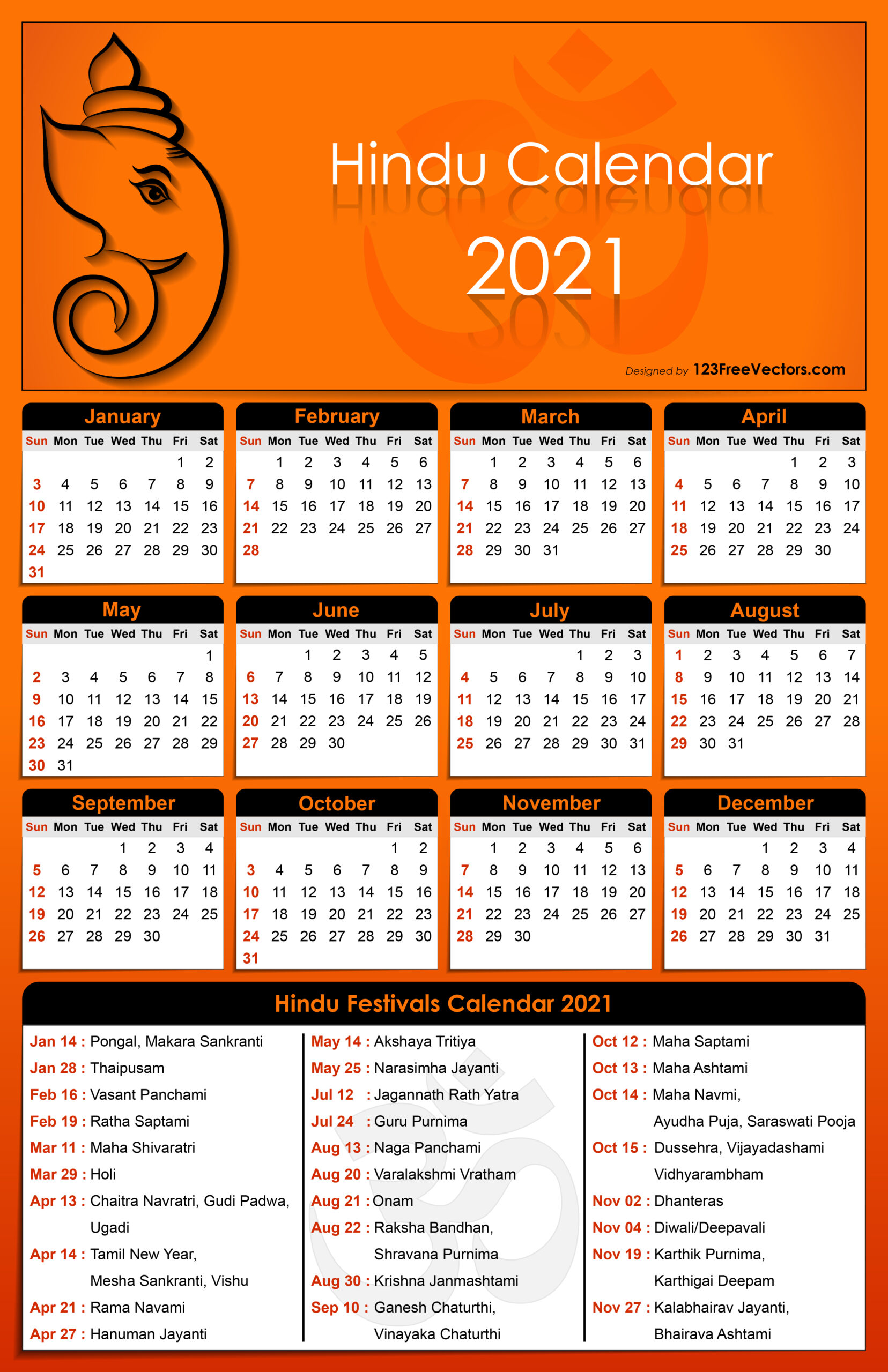
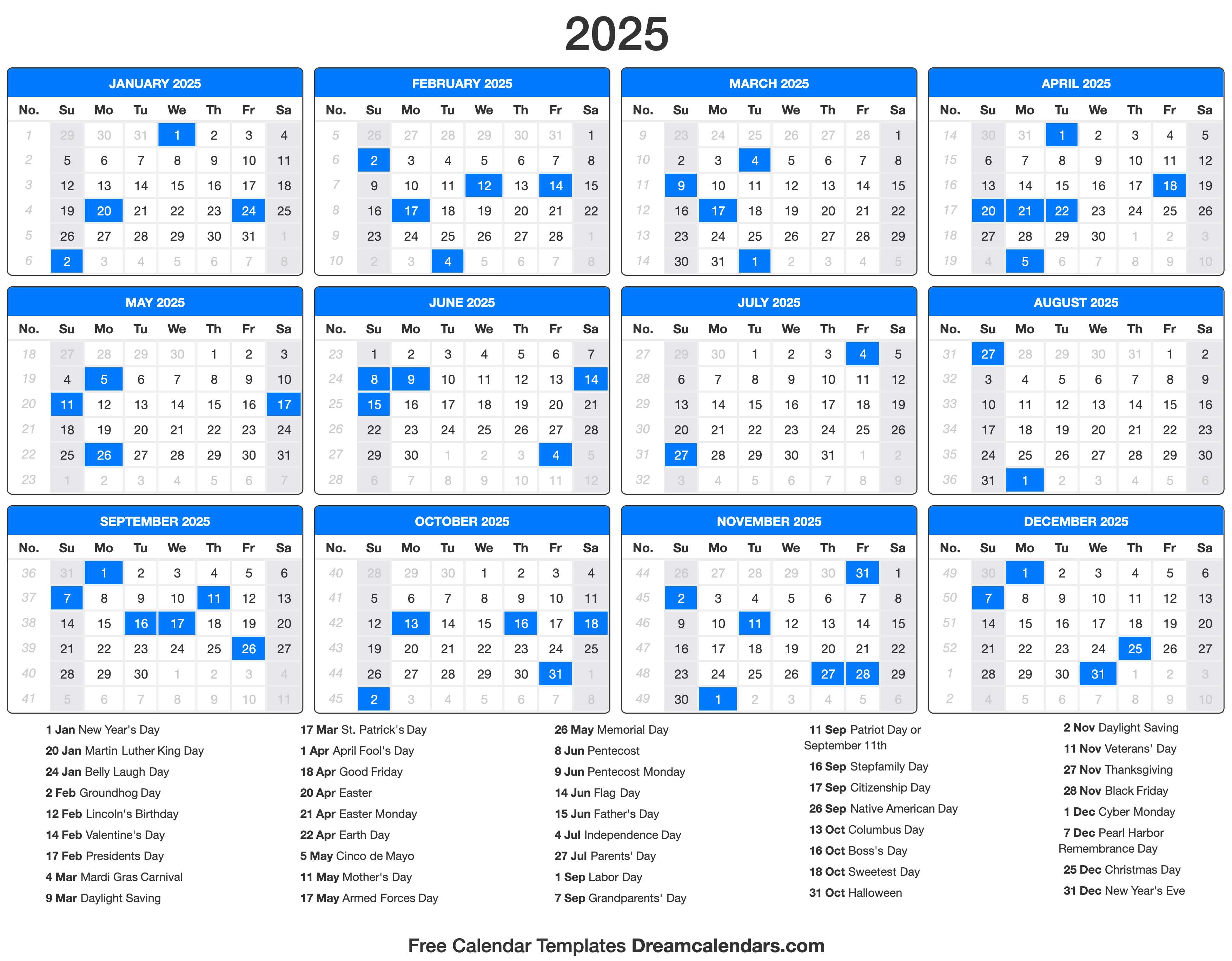
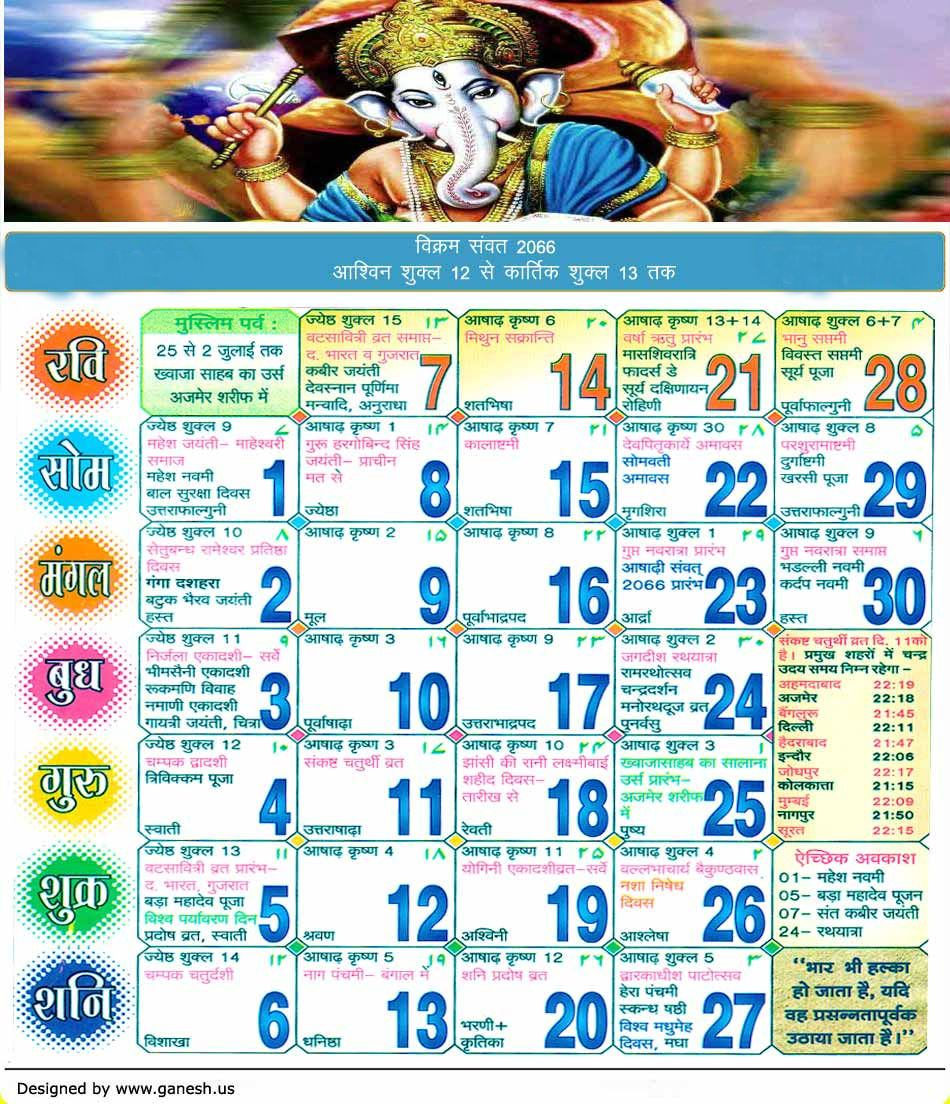
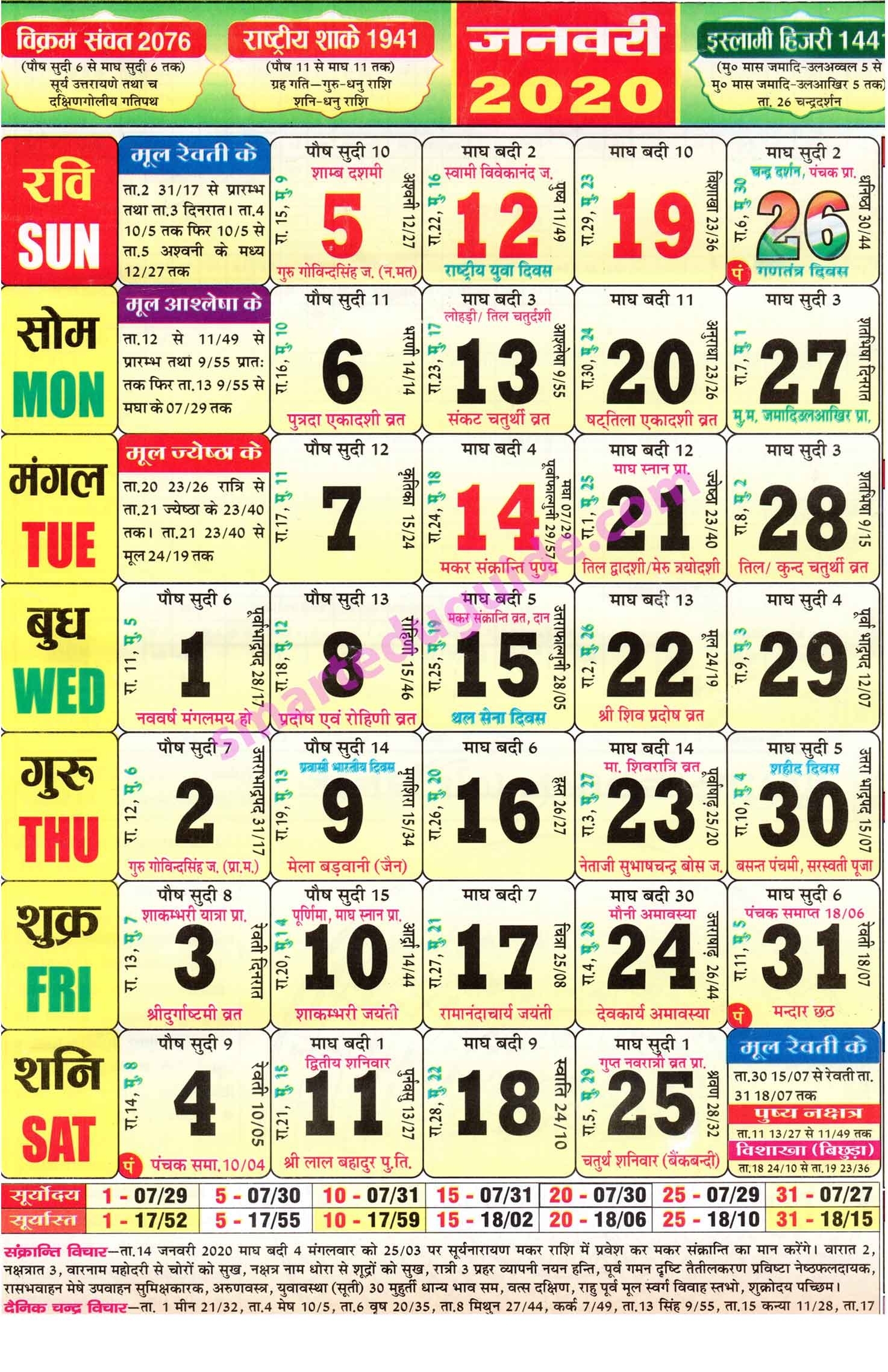
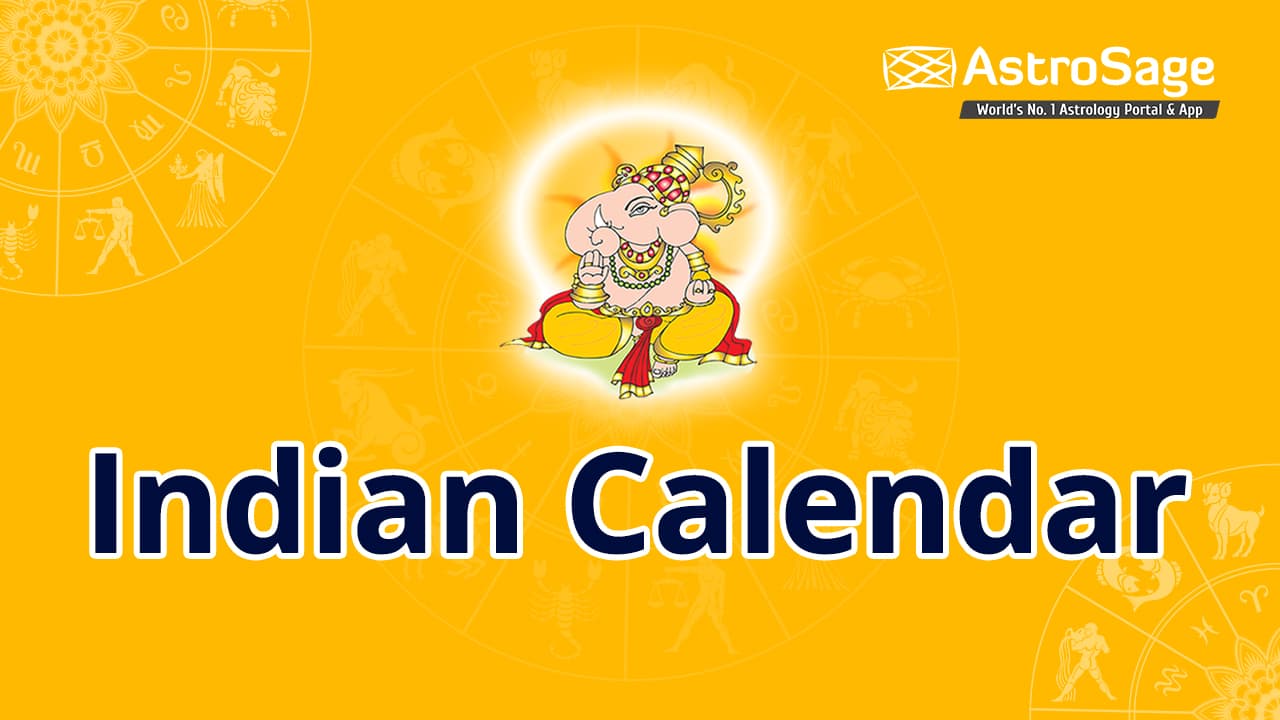


Closure
Thus, we hope this article has provided valuable insights into Unveiling the Tapestry of Time: An Exploration of the January 2025 Indian Calendar. We thank you for taking the time to read this article. See you in our next article!